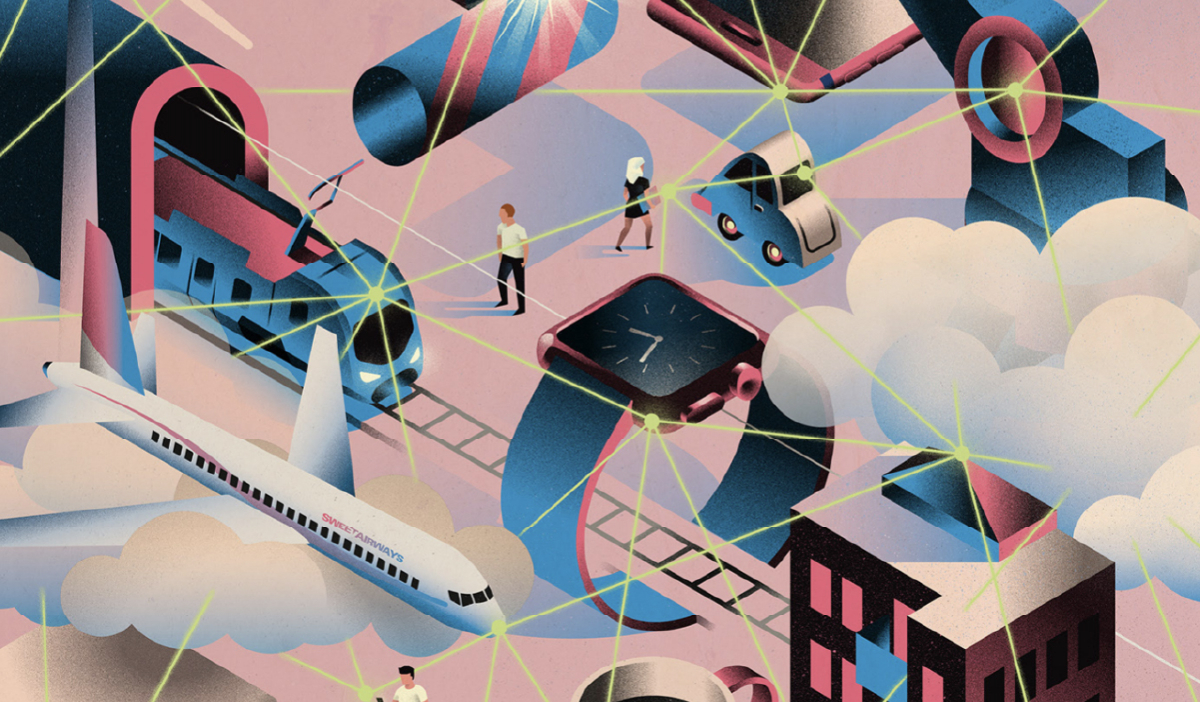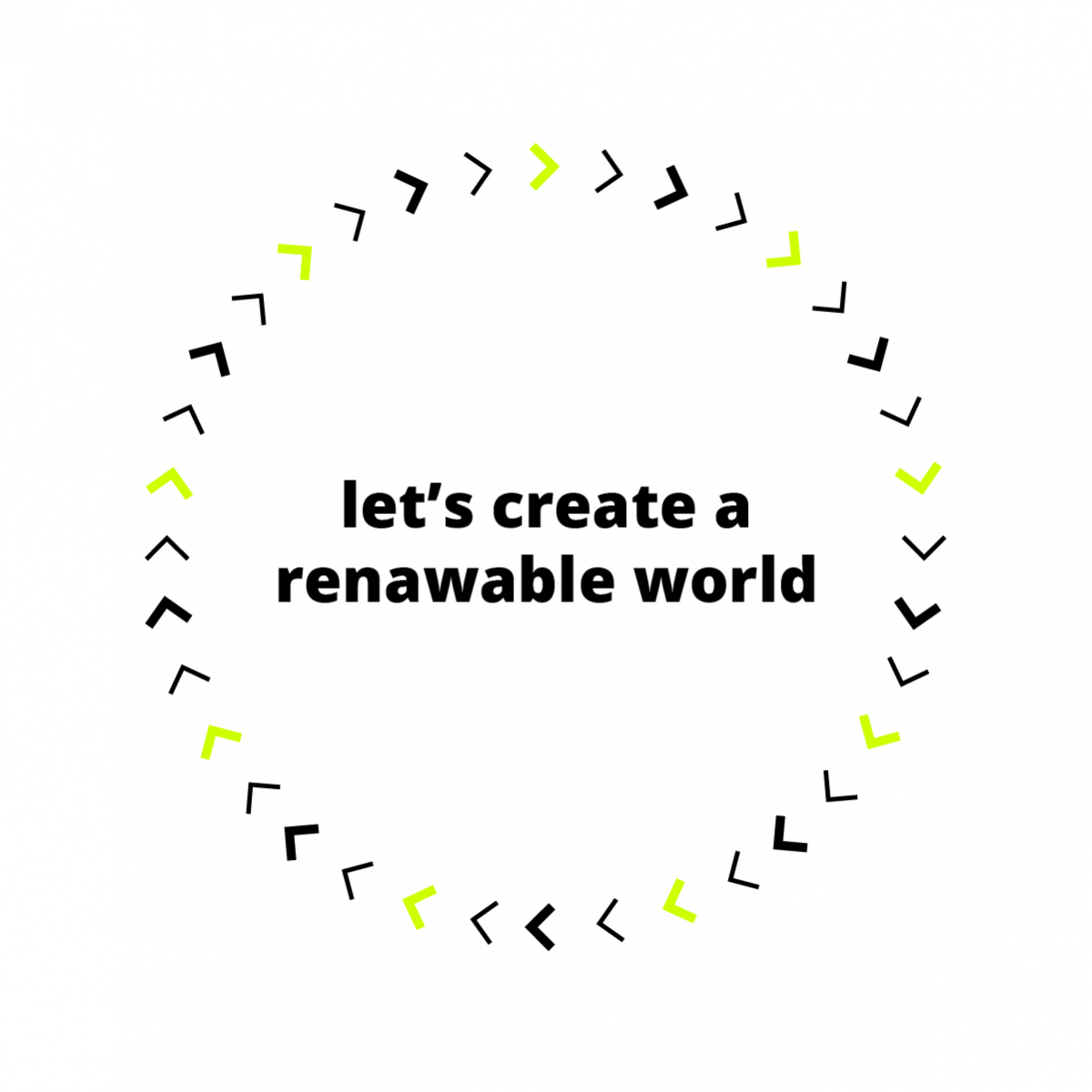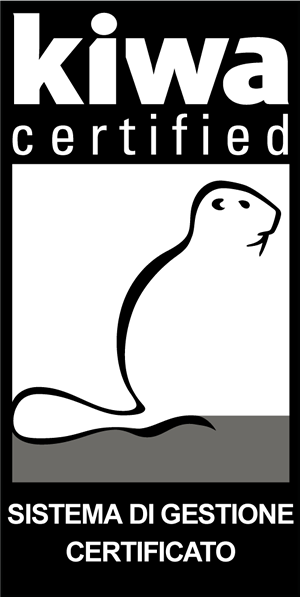Nowadays, more and more fashion and luxury brands, as well as other market sectors, have to face the challenge of sustainability, which favours a fairer production process that minimises waste.
Therefore, companies adopt the circular economy model, a production and consumption model that tends to extend the life cycle of products, in favour of reuse and recycling.
According to this philosophy, unsold goods can no longer be destroyed, but will instead be placed in a circuit that will allow their recycling in favour of a decidedly more sustainable new production.
Throughout this process, IoT technologies are truly an ally for companies, a concrete tool that allows them to implement the circular economy model quickly and punctually. For example, thanks to the use of rfid tags applied to products, it will be possible to identify unsold items quickly and with absolute precision, thus facilitating the recovery and identification of unsold items to enter them in a new production model.
Circular Economy: Meaning and Definition
If today companies are increasingly eco-friendly and sustainable, it is also thanks to the position of the European Parliament, which asks brands to adopt concrete strategies in order to reduce waste.
Waste management in the EU is an increasingly sensitive issue as it is estimated that 2.5 billion tons of waste are produced every year in the European Union.
This is an alarming fact that must be managed with the utmost seriousness by all operators in the supply chain.
The trend in which companies find themselves is therefore a shift towards a circular economy model, as required by the European Commission.
In February 2021, the European Parliament voted in favour of the new action plan for circular economy. The goal is to achieve a completely circular, zero-carbon and sustainable economy by 2050.
But what is circular economy in practice then? Let us see together a possible definition that fully clarifies its meaning:
“The circular economy is a model of production and consumption, which involves sharing, leasing, reusing, repairing, refurbishing and recycling existing materials and products as long as possible.
In this way, the life cycle of products is extended, reducing waste to a minimum. When a product reaches the end of its life, its materials are kept within the economy wherever possible. These can be productively used again and again, thereby creating further value.”
Source: Circular economy: definition, importance and benefits


